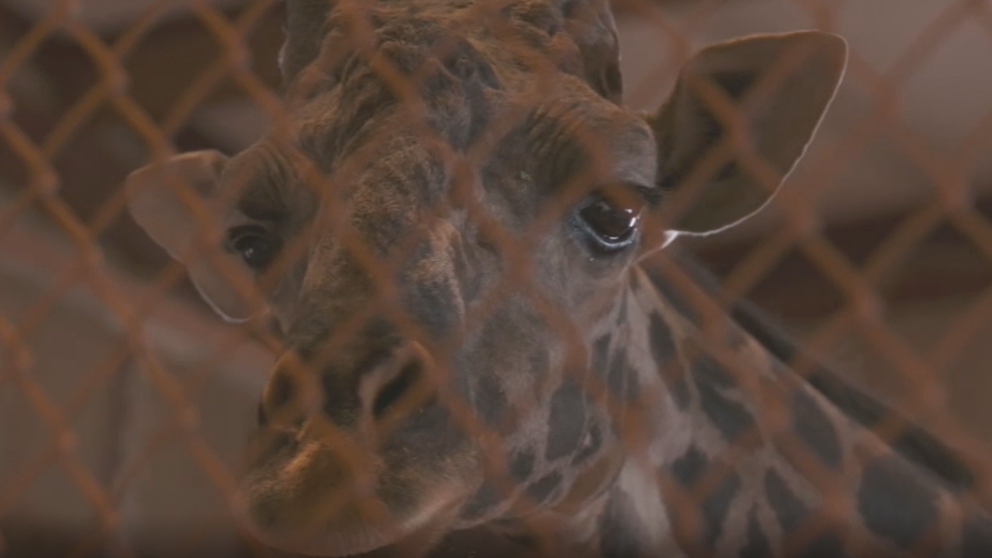A walking lightning rod? How the Phoenix Zoo protects the giraffes during the monsoon thunderstorms
"They're the tallest animal out there; we have to be cognizant of lightning," a zookeeper says.
How the Phoenix Zoo protects giraffes during monsoon thunderstorms
How the Phoenix Zoo protects giraffes during monsoon thunderstorms.
PHOENIX -- There are many challenges that zookeepers face in the desert summer season when you work in a climate that can regularly top 110-115 degrees or have ferocious thunderstorms from the monsoon.
The rains and lightning are particularly problematic for the zoo’s tallest animal, the giraffe.
"Well, when it rains, we have unique topography here at the Phoenix Zoo," said senior keeper Bill Freeman. "Our exhibit is on the hill. So, there are all kinds of downsides on the hills. And the giraffes when they get running can slip -- they got a long way to fall -- a lot longer than I do."
And much like the tallest skyscraper can attract a lot of lightning in major cities, thunderstorms present another risk for the giraffes.
"They're the tallest animal out there; we have to be cognizant of lightning," Freeman said. "And when it gets within five miles of the zoo, that's what we call everybody in. They're going to get struck first, you know, and when it hits, you know, it's pretty spectacular."
And then comes the heat…
And after the storms pass, a muggy and hot day emerges. We asked if zookeepers could tell when animals were getting too hot.
"Yeah, definitely," said zookeeper Ryan Tang. "For the animals, you can tell if they're getting a little bit irritable."
That can be especially true for Sheena, an Asian Elephant.
"So keeping them cool is a problem that we have," Tang said. "But we do have fans that run during the day, and we do have misters for them that they can stand under during the day as well."
But can elephants keep themselves cool? By, say, sweating?
"Temperature regulation for them is mostly through cooling by flapping their ears so they can actually circulate warm blood to their ears," Tang said. "And then they're used to cool it down, and then it circulates back through their body. As far as sweating goes, I think there may be some speculation that they sweat through their toes, but it's not entirely proven."
Old school air conditioning
Then there's the tried and true method for heat relief: Getting sprayed with a garden hose.
"Basically like washing a car," Tang said.
Frozen foods are also a common way to cool down the animals at the zoo. Sheena gets a block of Gatorade with cucumbers mixed in. The tigers like to lap up a fish-filled popsicle, and squirrel monkeys get to eat a frozen yogurt treat.
"These guys actually don't necessarily like touching super cold things, so they tend to be a little bit slower with some of the other animals you might have seen today," said Senior Zoo Keeper Amy Dietz. "But I put some good stuff in it today."
So that keeps the animals cool, but what is the greatest challenge keeping zookeepers cool?
"It's honestly probably regulating ourselves," Dietz said. "We come in, and our sole mission for the day is to make sure everyone's healthy and comfortable and has what they need. And a lot of times, we don't pay attention to our own selves and get ourselves in an air-conditioned building if we need to, or we're making sure we're keeping up on our water. That's honestly probably the biggest challenge."
